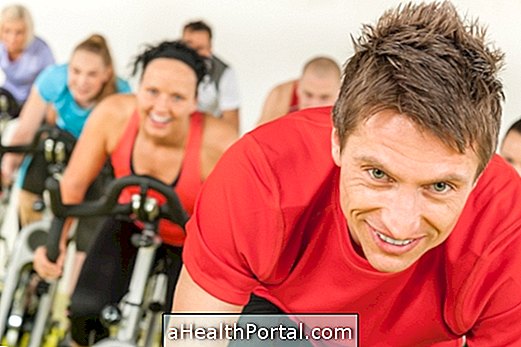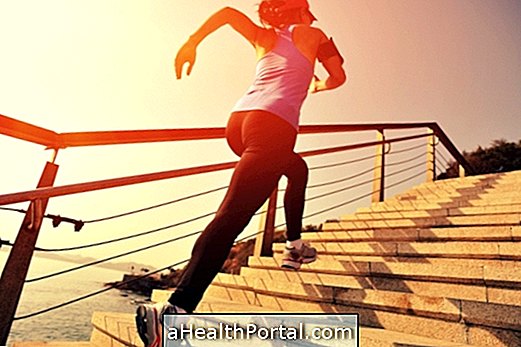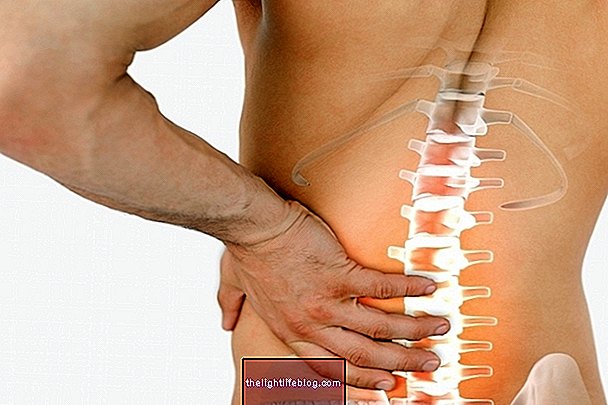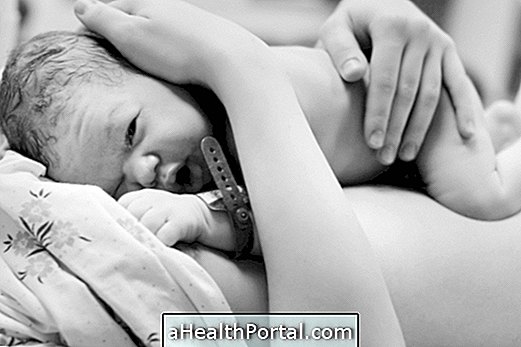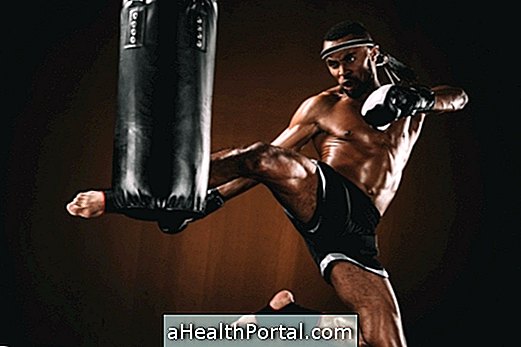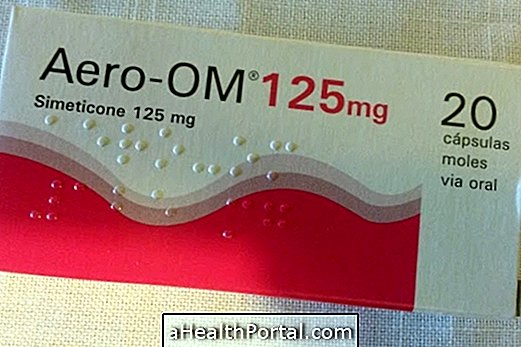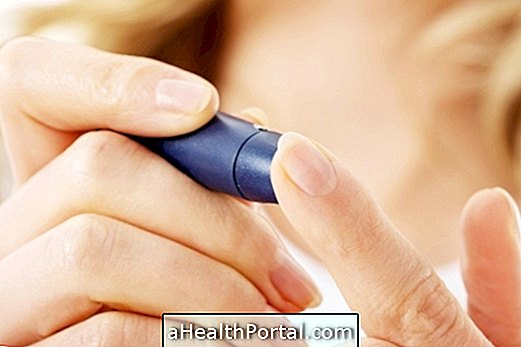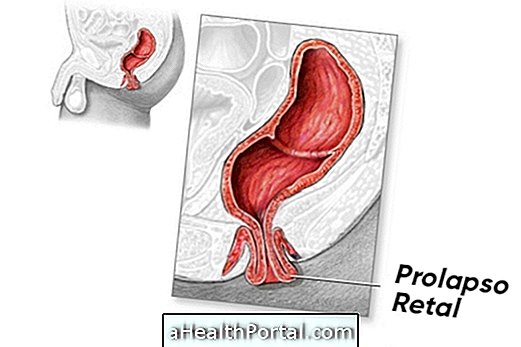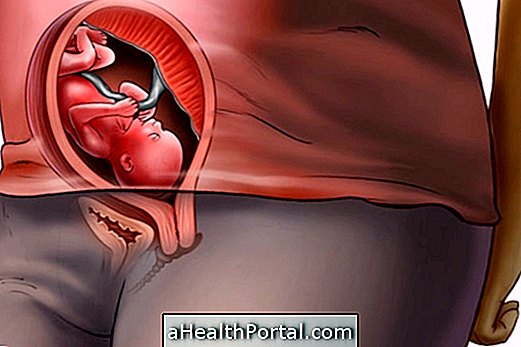The benefits of physical activity such as improving blood circulation, strengthening the immune system and helping to lose weight, can be achieved in about 1 month after the beginning of regular physical activity.
Other benefits of physical activity such as increased metabolism, decreased risk of heart disease, strengthening of bones can be achieved when the individual does some physical activity that impacts such as walking, skipping, running or dancing, for example. The dance also improves coordination of movements and balance, increasing good mood and mood, improving body image and self-esteem.
In addition, practicing physical activity after school is an excellent strategy to consolidate learning because of increased cerebral blood flow and increased catecholamines that are essential for memory. Learn the most indicated exercises and other strategies to improve learning during physical activity.
See if you are within the ideal weight to exercise:

Those who are overweight should exercise at least 5 times a week for 90 minutes in order to burn fat. Elderly people can also exercise and the most indicated are those that are according to the functionality of the body. In case of joint pain, preference should be given to exercises in the water, such as swimming or water aerobics.
Here's how to eat while exercising:

Who can do physical activity
Regular physical activity is indicated for individuals of all ages. However, children under 12 should prefer to play sports such as dance, soccer or karate, for example, because they are exercises that can be performed once or twice a week and are more suitable for this age group.
The benefits of physical activity for children and adolescents include:
- Fight overweight;
- Improve self-esteem;
- Decrease depression;
- Improve school performance by improving learning;
- Decrease stress and tiredness;
- Improve posture;
- Improve the appearance of the skin.
Children should not do weight training or strenuous exercise daily, even if they are overweight. The daily exercise should be restricted to children athletes who must be accompanied by a qualified professional throughout the training.
Adults and the elderly should be alert to weight because, when underweight, they should not exercise regularly to avoid excessive caloric expenditure.
How to start practicing exercises
The exercises should be performed by all, of all ages and on a regular basis, but before starting to exercise, rather than being sedentary, a medical appointment should be made to check the joints and heart function, because some patients only should do exercises with the help of the gym teacher or physiotherapist.
Ideally the exercises should be performed 3 to 5 times a week, but you can start slowly, doing only 2 days a week, for 30 to 60 minutes. From the second week, you can increase the frequency to 3 or 4 days, depending on the availability of time.
In addition, physical activity can also be beneficial for back pain sufferers, helping to reduce pain, correct posture, and lengthen muscles. Here's how physical activity can relieve back pain in Physical activity ends with back pain.
When physical activity is not indicated
Physical activity is very important for health, as it prevents diseases and guarantees well-being, however it is necessary that before the beginning of the practice of exercises are done that assess the health of the heart. This is because people with hypertension have a higher risk of having changes in their heartbeat during intense physical activity, favoring heart attack and stroke, for example.
Thus, before starting to practice physical activities, it is important to consult a cardiologist so that any cardiac problems and blood pressure are checked. Hypertensive people do not necessarily need professional follow-up during exercise, but they need to be in control of the pressure and avoid very intense activities until recommended by the physician, giving preference to mild to moderate activities.
It is important to be aware of some situations during exercise, such as chest pain, shortness of breath, dizziness and palpitations, for example. It is recommended to stop the activity and seek the guidance of a cardiologist.
In addition, pregnant women who do not have pressure control may develop pre-eclampsia, and it is not recommended to practice very extensive physical activity, as it may result in premature labor and sequelae for the newborn. Therefore, it is important for the woman to follow up the obstetrician and perform exercises according to her orientation. Understand what pre-eclampsia is and how to identify it.


